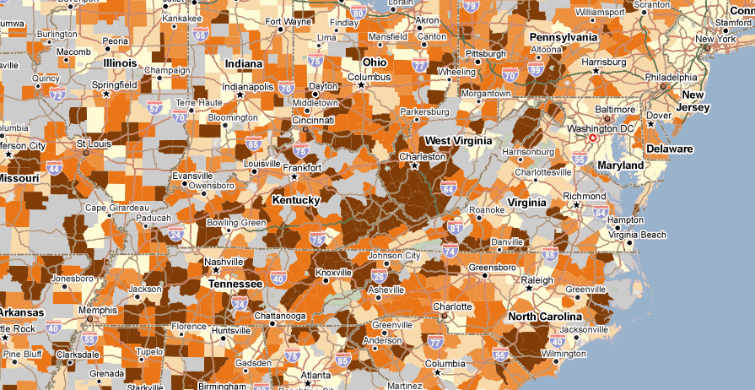Be data-savvy, not fatalistic, about preventing injury deaths

How often do you think about safety? When it comes to health issues, disease treatment and prevention is often at the forefront of the discussion, but physical health is only part of the picture. According to the Centers for Disease Control, accidental injury is the number one cause of death among young people ages 1 – 44; homicide and suicide are also leading causes for younger Americans.

Although “accidents happen,” injury deaths both intentional (homicide, suicide) and unintentional (car accidents, drug overdoses, workplace accidents) can often be prevented through intervention, mental health resources, and safety improvements in the products we use and the places we live and work.
Safer communities are healthier communities, and injuries are a major issue in the public health realm. Injuries resulting in death can have a devastating effect on families and communities. The number of deaths from fatal injuries, homicides, and suicides are all Leading Health Indicators for the U.S. Department of Health and Human Services’ Healthy People 2020 initiative, a federal program that sets forth nationwide goals for improving health outcomes. You can now use PolicyMap to track the number of homicide, suicide, accidental injury, and motor vehicle traffic deaths from 2000 through 2010 for your state or county, including the percent change over ten years. Find these data in the Health tab, under Mortality.
The map below shows that deaths from homicide are down significantly in most states:
However, accidental deaths and suicides are on the rise in many places:
So what can be done to move the numbers in the right direction? Improving outcomes will require policymakers, service providers, and advocates to come together. Healthy People 2020 proposes that in order to prevent violence and injury deaths, communities must improve access to health services, the physical environment, social factors, and individual behaviors. Visit healthypeople.gov to learn more about injury and violence prevention, as well as other leading health indicators, and use PolicyMap to put injury deaths in context with other data.